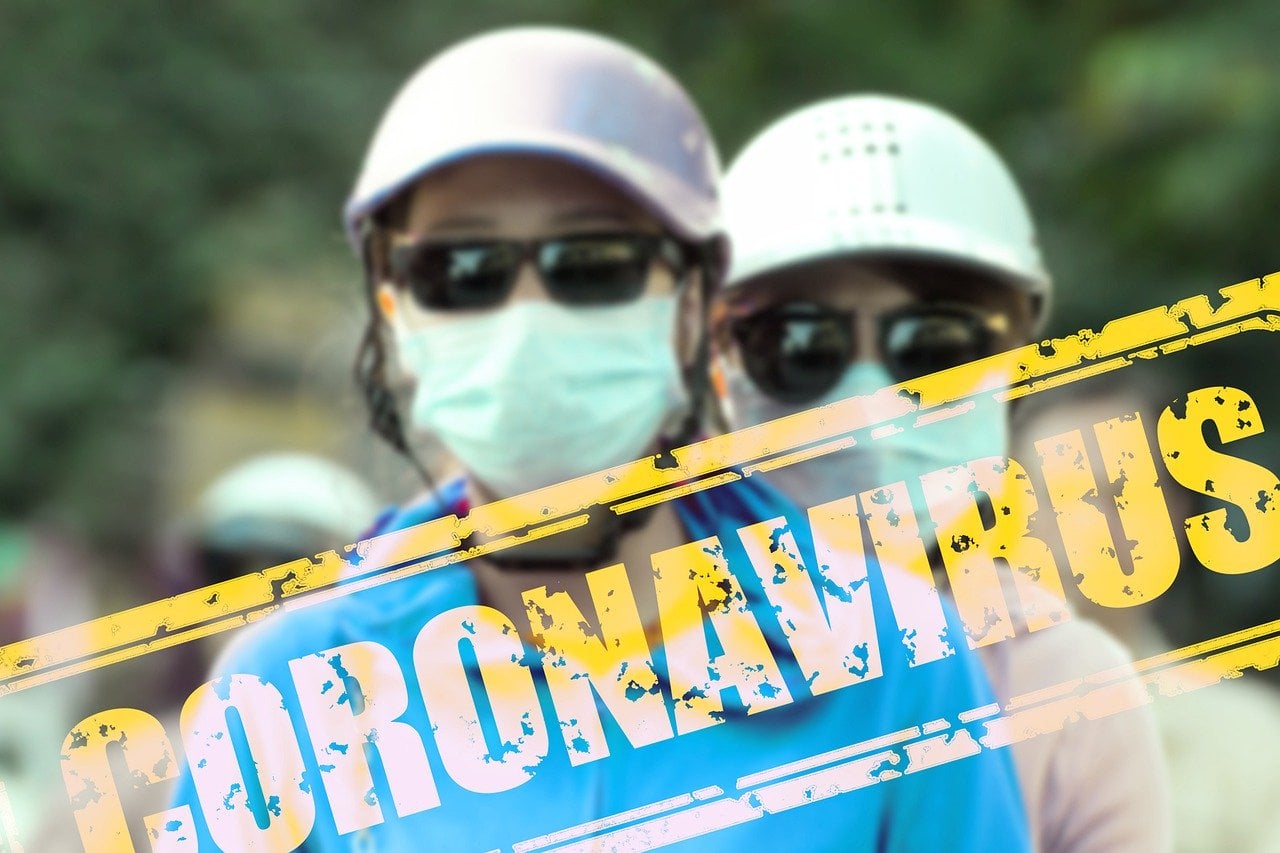The IRS has sent out most of the stimulus checks to date to eligible recipients under the CARES Act. Since there is still some time for the second round of stimulus, the IRS now seems to be focusing on other relevant matters, such as making the service more convenient by allowing users to directly call the IRS representatives and clearing confusion regarding the payment terms. The department recently made updates to coronavirus stimulus information for unmarried parents and those who want direct deposits.
Q1 2020 hedge fund letters, conferences and more
On Wednesday, the IRS made a few updates to coronavirus stimulus information, also called the Economic Impact Payment (EIP). With the latest update, the IRS has tried to clear the confusion in the case of unmarried parents. Previously, there was confusion over what happens if both of the parents get $500 in payment for the same child.
It was speculated that one of the parents may have to give the payment back to the department. However, the IRS has now cleared that there is no need to pay back the money. In the update, the department said, “The law doesn’t require repayment of an Economic Impact Payment in these situations.”
“Each parent should review Notice 1444, Your Economic Impact Payment. The IRS will mail this notice to their last known addresses within 15 days after the payment is made. The parents should keep the notice for their 2020 tax records,” the IRS said.
The IRS also cleared up the confusion if it would direct deposit the stimulus payments into the bank account from which the tax payment of the user is due. In the update, the agency said it doesn’t send the payment to such an account that is used by the taxpayer to make a payment to the IRS.
“If the agency doesn’t have direct deposit bank information for someone, their payment will be mailed to the address the IRS has on file,” it said.
Why I got a paper check and not direct deposit?
Another question that the IRS answered is why some people who requested the stimulus payment in the form of a direct deposit were sent a paper check. The agency said there could be several reasons for this, such as the IRS may have already processed the payment before the user entered their bank information into the IRS system.
Another reason is the bank account information that the IRS has on the user is incorrect, or the user’s bank rejects the payment. In such a case, the IRS will send a paper check.
“The IRS will mail the payment to the address they have on file for the taxpayer,” the agency said. “Typically, it will take up to 14 days to receive the payment.”
Clearing up the confusion over what happens to the payment if someone dies before the receipt of the payment, the IRS said the payment should be returned in such a case. Full payment needs to be returned unless the payment was made toward joint filers. In the case of the joint filers, only the portion of the payment made to the decedent needs to be returned.
In case a person is unable to refund the deposit because it was issued to both spouses and one of them is deceased, “return the check as described in question 48. Once the IRS receives and processes your returned payment, an Economic Impact Payment will be reissued,” the IRS says.
Stimulus check distribution data
As per the latest stimulus check distribution data from the IRS on May 22 regarding how much payment has been distributed, the agency informed that it had sent about 152 million stimulus checks, totaling $257.9 billion.
This was the third bi-weekly update from the IRS. In the first update on April 24, the agency informed that about 88 million stimulus payments were made while at the time of the second update, about 127.5 million payments were made.
The IRS also shared the state-wise stimulus check distribution data. As per the data, the District of Columbia got the lowest EIP (Economic Impact Payments) payments while California received the highest EIP. The five states in terms of highest EIP received are California, Texas, Florida, New York and Pennsylvania. The five states with lowest EIP received are the District of Columbia, Wyoming, Vermont, Alaska and North Dakota.
The IRS is also requesting Americans who are not required to file taxes, or those who normally don’t file taxes, to register to get their stimulus checks. Such people are mostly those with low income or no income at all. They qualify to get the $1,200 stimulus check payment.
People falling in this category need to use the IRS non-filer tool to enter their information so that the IRS can send them a stimulus check. The information that these people need to share is their name, address and banking details.
For information on your coronavirus stimulus payments, you can now also call the IRS. To talk to an economic impact payment representative, you need to call (800) 919-9835. You can also call the IRS customer service main line at (800) 829-1040.






